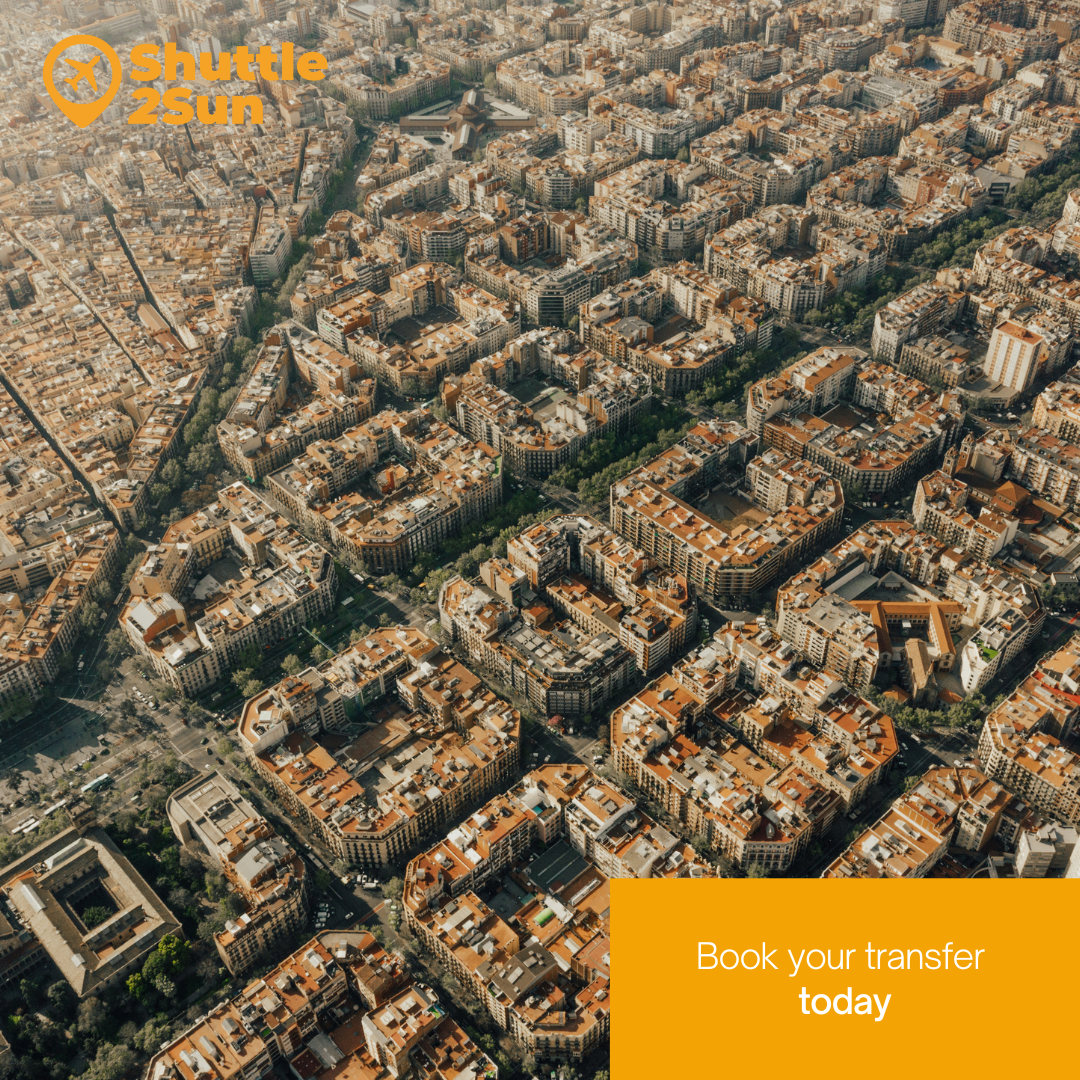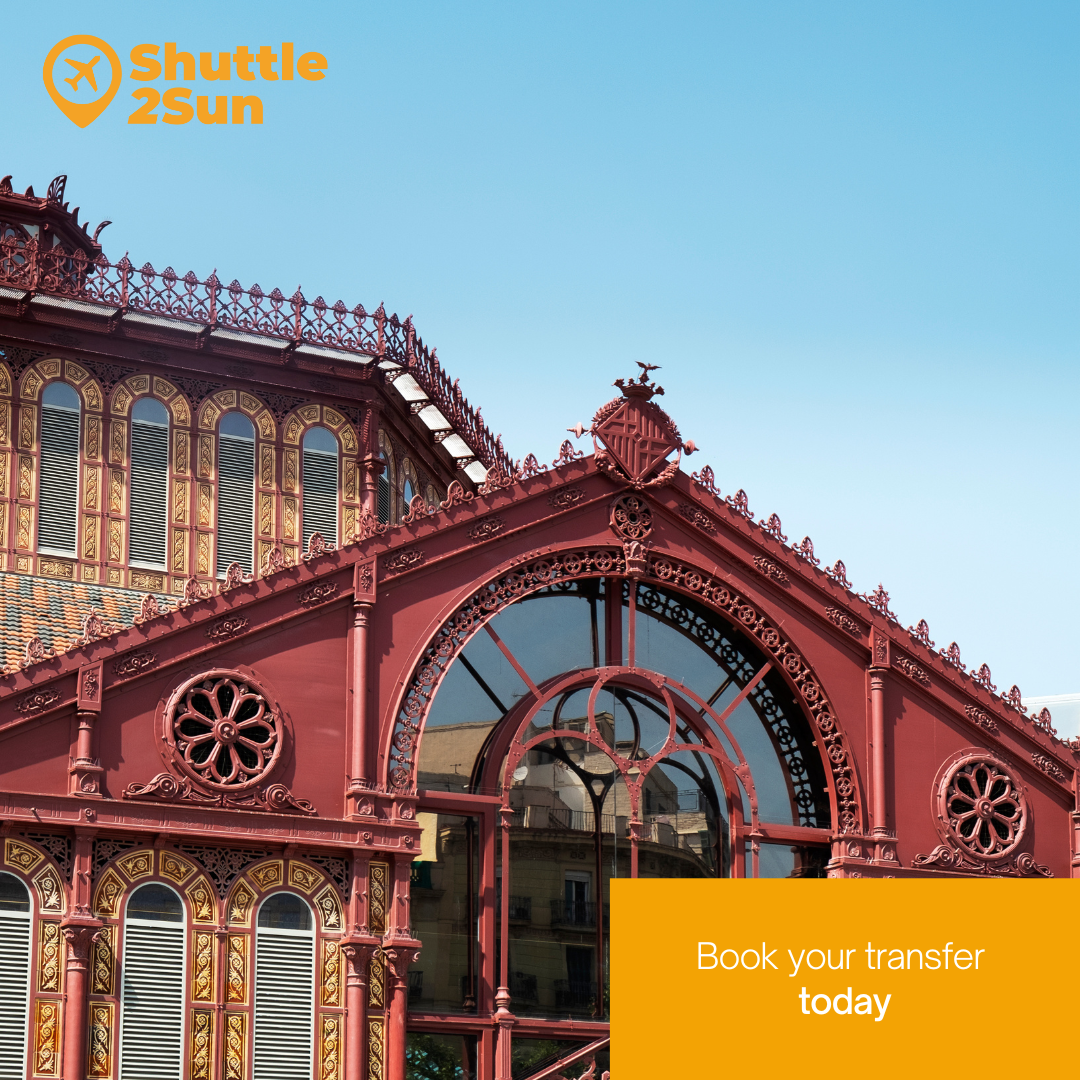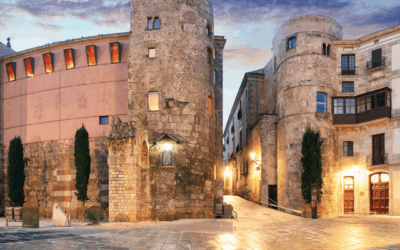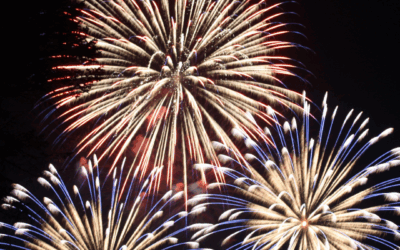One of the most representative districts of Barcelona that you cannot miss if you visit the city is L’Eixample, built at one of the most important moments in the development of the Catalan capital. This area, divided into six different neighbourhoods, is home to numerous works of art that adorn its streets, turning Barcelona’s busiest thoroughfares into a large open-air museum.
You must consider that you have at your disposal the private transfer services and shared transfer services, low-cost and sustainable, of Shuttle2Sun, so that you can move, in a comfortable and agile way, to Barcelona, from Barcelona airport, Barcelona port, Girona airport and AVE Camp de Tarragona train station.
The origins of L’Eixample in Barcelona
The industrialisation of Barcelona during the first half of the 19th century was a turning point for a major change in the urban structure of the city, due to the exorbitant growth in population density, due to the great increase in the demand for labour.
As a result, Barcelona offered a quality of life that left much to be desired, provoking various protest movements among the population.
The transformation of Barcelona was the key to tackling this problem. The star project was the Cerdà Plan, the brainchild of the engineer and town planner Ildefons Cerdà, who presented a proposal for the expansion of the city in 1859, which involved the demolition of the existing city walls, which limited the built-up area.
The aim of the Cerdà Plan was to ensure the comfort of the citizens, breaking down social classes, so that there would be no differences between rich and poor.
It consisted of an orthogonal grid, with wide streets, up to 20 metres wide, and with octagonal, multi-family buildings, four storeys high, with landscaped spaces between them. The project saw the light of day between the end of the 19th century and the beginning of the 20th century.

L’Eixample is currently divided into six distinct neighbourhoods: Dreta de l’Eixample, the first sector to be built; Antiga Esquerra de l’Eixample and Nova Esquerra de l’Eixample, which previously formed a single neighbourhood; Fort Pienc, located between the railway line and Gran Vía; Sagrada Família, located in the upper part, which at the time bore the name of Poblet; and Sant Antoni, one of the most important axes in terms of restaurants and shops.
Modernist jewels
One of Barcelona’s tourist areas par excellence is Passeig de Gràcia, where you will find a great architectural heritage, especially in the Modernist style, which houses the greatest jewels of renowned artists of the time.
The most significant buildings on this boulevard, which are also listed as World Heritage Sites by UNESCO, are Casa Batlló and Casa Milà, also known as La Pedrera, located at numbers 43 and 92, respectively. Both are works by Antoni Gaudí. The Sagrada Família, by the same artist, is also a must-see, although it is in another neighbourhood of L’Eixample. You can discover all the information about Gaudí’s works in Barcelona in our article ‘Antoni Gaudí: All the works you can visit in Barcelona‘.
Another of the characteristic houses that includes L’Eixample is Casa de les Punxes or Casa Terradas, also in modernist style, located in the middle of Diagonal Avenue. It is the work of Josep Puig i Cadafalch, and simulates the shape of a medieval castle, with six towers.
Casa Amatller, built in 1898, is also by the same architect, with reinterpretations of the Romanesque and Catalan Gothic styles. Its façade, which offers a magnificent combination of colours, is full of symbolism, including references to the Amatller family and the developer’s activities.

Other highlights in L’Eixample include Casa Lleó i Morera, by Lluis Domènech i Montaner; Casa Calvet, by Gaudí; Casa Comalat, by Salvador Valeri i Pupurull; Casa Golferichs, by the architect Juan Rubió; and Casas Antoni Rocamora, by the architects Bassegoda.
Remember that you can get to Barcelona comfortably with Shuttle2Sun‘s private transfer services and shared transfer services.
Egyptian Museum
In L’Eixample you will also find the Egyptian Museum of Barcelona, where you can learn all about hieroglyphic writing, pottery making, the jewellery of the time, as well as their beliefs and funerary practices, and the importance of the Egyptian temple. See all the information here.
Markets
During your visit, don’t miss Mercat dels Encants, located near Plaça de les Glòries Catalanes. Its origins date back to around 1300, when products began to be sold next to the gates of the city walls of Barcelona. This market includes auctions, second-hand and outlet shops, antique shops and restaurants.
Another significant market in Barcelona’s Eixample is Mercat de la Concepció, designed in 1887 by the architect Antoni Rovira i Trias, and restored by Albert de Pineda i Álvarez between 1996 and 1998.
La Model
In L’Eixample, you can also visit La Model, a former prison built in 1904 and designed by Salvador Vinyals Sabaté and Josep Domènech Estapà. This place was closed in 2017 to become a space for cultural, social and community revitalisation, available to the neighbourhood. Soon, these facilities will be converted into equipment, housing and a large urban park. Don’t miss their guided tours.
Other spaces not to be missed
Don’t miss the Arc de Triomf, designed by the architect José Vilaseca, which marks the border between Ciutat Vella and the Eixample district; the Arenas de Barcelona shopping centre, located in the old bullring; and La Monumental bullring, inaugurated in 1914.
To make your trip to Barcelona comfortable and agile, remember that Shuttle2Sun offers its private transfer services and shared transfer services, from Barcelona airport, Barcelona port, Girona airport and AVE Camp de Tarragona train station.



